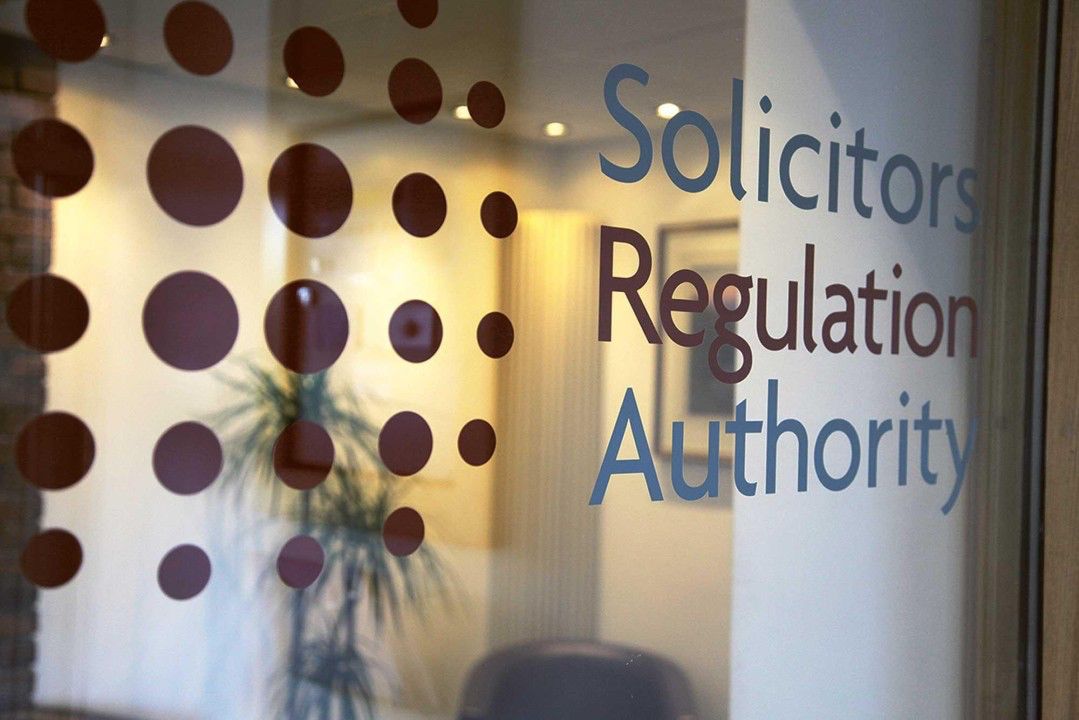Lasting power of attorney (LPA) are becoming increasingly important in today’s society. The LPA system allows individuals to appoint trusted people (attorneys) to manage their affairs and make decisions on their behalf in the event they lose mental capacity. However, as services continue to be digitised, it is crucial for the LPA system to keep up with the changing landscape to meet people’s needs and protect the vulnerable from fraud and abuse.
Traditionally, the LPA process has been paper-based, with many outdated features that are more than 30 years old. Although the Office of the Public Guardian (OPG) introduced a digital tool to facilitate communication with organisations, certain steps like signing, witnessing, attesting, and delivering the LPA still need to be completed on paper.
To address these challenges and enhance efficiency, a new powers of attorney bill has been introduced, aiming to make the LPA process easier to access, simpler, and more secure from fraud and abuse. One significant aspect of this modernisation is the inclusion of electronic signatures.
The proposed changes to the Lasting Powers of Attorney (LPA) system following a Government response to the consultation:
-Only the donor will be allowed to apply to register an LPA, removing the ability for attorneys to do so.
-The parties involved in an LPA (donor, attorney(s), or certificate provider) will have the option to sign the LPA digitally, on paper, or a combination of both.
-The Office of the Public Guardian (OPG) will be responsible for notifying named persons about the registration of an LPA, simplifying the process for donors.
-New identification requirements will be introduced to strengthen safeguards against fraud and abuse. This may include verifying identity through official documents like a driving license, passport, or government gateway account.
-The group of people who can raise objections will be expanded, allowing individuals not named in the LPA to voice concerns.
-The OPG will be able to receive all objections, not just factual ones, removing the need to involve the Court of Protection in certain cases.
-Objections can be raised at any time after the OPG becomes aware of the donor’s intention to create an LPA, instead of only during the statutory waiting period.
-The electronic form of the registered LPA will be considered as evidence of registration, eliminating the need for a paper ‘office copy.’
-Amendments will be made to the Powers of Attorney Act 1971 to allow chartered legal executives to certify copies of the LPA, expanding the certification authority beyond solicitors.
-These changes aim to streamline the LPA process, increase accessibility, and enhance safeguards against fraud and abuse.
Electronic signatures can contribute significantly to the digitisation of the LPA system. The proposed changes include allowing the parties to an LPA (the donor, attorney(s), or certificate provider) to choose whether to sign the LPA digitally, on paper, or by a combination of the two. This flexibility accommodates different preferences and levels of technological proficiency.
By adopting electronic signatures, the LPA process can become quicker and more convenient. Donors and attorneys will have the option to sign the LPA electronically, eliminating the need for physical documents and postage. This will be particularly beneficial for individuals who are unable to use the internet or who still prefer paper-based processes. Furthermore, electronic signatures can significantly reduce processing times, allowing attorneys to start managing affairs and making decisions promptly.
In addition to improving efficiency, electronic signatures contribute to the security and integrity of the LPA system. The proposed changes aim to strengthen safeguards against fraud and abuse by introducing new identification requirements. The regulations will specify the types of official documents or information, such as a driving license, passport, or government gateway account, needed for identity verification during the registration process. Electronic signatures can be securely authenticated, ensuring that the individuals involved in the LPA process are properly identified and reducing the risk of fraudulent activities.
The digitisation of the LPA system, including the use of electronic signatures, aligns with the broader trend towards the use of digital technology in legal processes. By embracing electronic signatures, the LPA system can streamline operations, enhance security, and provide a more accessible and efficient service for individuals creating LPAs.
While electronic signatures offer numerous benefits, it is essential to maintain a balance between the safety of the donor and the efficiency of the digital service. Safeguards should not be diluted during the simplification process. Therefore, the regulations surrounding electronic signatures should be carefully designed to ensure the integrity and authenticity of the LPA documents.
In conclusion, the proposed changes to the LPA system, including the adoption of electronic signatures, will significantly contribute to its modernisation and efficiency. The use of electronic signatures will expedite the process, improve accessibility, and enhance security. As the LPA system evolves into a more digitised environment, it is crucial to strike a balance between safety and efficiency to protect the interests of donors and prevent fraud or abuse.






